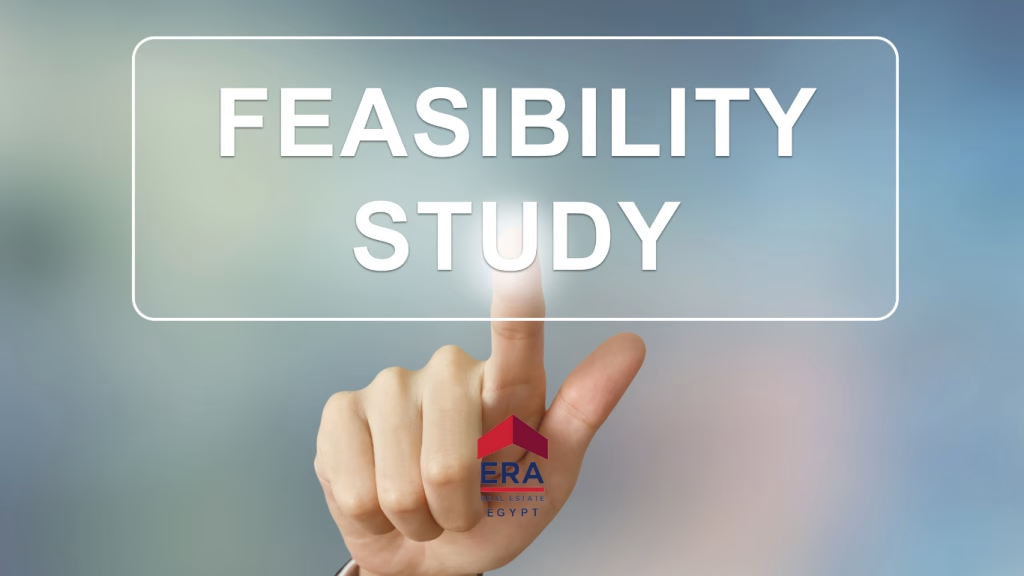Success in today’s fast-paced market hinges on foresight and planning. An organizational feasibility study can be the cornerstone of that foresight, particularly in the realm of real estate, where informed decisions lead to sustainable developments. Understanding its nuances can mean the difference between a thriving project and one that falters.

Understanding the Basics: What is an Organizational Feasibility Study?
An organizational feasibility study is a critical analysis that evaluates the viability of a project before it gets underway. This process assesses not only the economic aspects but also the operational and strategic elements crucial for success.
Key Components of an Organizational Feasibility Study
- Market Assessment: Analyzing demand, competition, and potential customer base.
- Technical Feasibility: Evaluating the technical requirements and resources needed.
- Financial Feasibility: Estimating costs, funding sources, and projected returns on investment.
- Legal and Regulatory Compliance: Ensuring all local laws and regulations are adhered to.
This structured approach helps stakeholders visualize the project’s potential and identify risks, thereby enabling informed decision-making.
The Role of Real Estate in Organizational Feasibility
Real estate plays a pivotal role in organizational feasibility. The location, environment, and surrounding infrastructure significantly contribute to a project’s overall viability. A well-placed project can enhance its chances for success.
Key Considerations in Real Estate Feasibility
- Location: Proximity to amenities and the target market.
- Site Conditions: Understanding the physical and environmental conditions of a property.
- Regulatory Environment: Local zoning laws and restrictions.
By integrating these factors into the feasibility study, developers can uncover valuable insights that align with market demands and operational goals.
Case Study: ERA Egypt’s Pioneering Approach
ERA Egypt has set a benchmark in utilizing organizational feasibility studies to enhance their real estate developments. By focusing on comprehensive market analysis and stakeholder engagement, ERA has managed to register impressive growth and sustainability in their projects. Below is a brief overview of their approach:
| Element of Study | ERA Egypt’s Approach | Results |
|---|---|---|
| Market Research | Detailed demographic studies on potential buyers | Higher sales conversion rates |
| Community Engagement | Listening and adapting to resident needs | Increased customer loyalty |
| Financial Analysis | Thorough cost-benefit assessments | Maximized return on investment |
ERA’s method underscores the importance of a well-rounded feasibility study that incorporates feedback from multiple sources, including prospective buyers and local authorities.
Organizational Feasibility Study Examples in Construction
Examples of organizational feasibility studies abound in the construction sector, demonstrating how varied approaches can lead to fruitful outcomes. Below are notable cases:
- Green Building Initiative: Assessing environmental impacts while considering budget constraints.
- Urban Regeneration Projects: Evaluating the potential of derelict spaces for revitalization.
- Mixed-Use Developments: Ensuring that residential, commercial, and recreational needs align.
These examples illustrate the breadth of organizational feasibility studies in construction and highlight the flexibility needed to adapt to evolving market demands.
The Interconnection: Organizational and Operational Feasibility Studies
Understanding the distinction and interconnectedness between organizational feasibility and operational feasibility studies is crucial for project success. While organizational feasibility examines the overall environment, operational feasibility delves into how a project will function on a day-to-day basis.
Comparative Analysis
| Aspect | Organizational Feasibility | Operational Feasibility |
|---|---|---|
| Focus | Market viability and strategic alignment | Day-to-day operational effectiveness |
| Key Input | Market research and financial analysis | Resource allocation and process design |
| Outcome | Go/No-Go decision on the project | Operational plan and workflow strategy |
The integration of both aspects ensures a holistic view, ultimately leading to more poised decision-making and resource allocation.
Key Benefits for Engineers: Why Feasibility Matters
For engineers and project managers, understanding the importance of feasibility studies is non-negotiable. Here’s why:
- Risk Reduction: Identify pitfalls before project initiation.
- Resource Optimization: Efficient use of time and materials.
- Enhanced Profitability: Informed decision-making leads to better outcomes.
Feasibility studies are a safeguarding tool for engineers—they streamline processes, align interests, and significantly mitigate risk.
Ensuring Success: Best Practices for Conducting an Effective Feasibility Study
Conducting an effective feasibility study requires a methodical approach. Here are some best practices to follow:
- Engage Stakeholders Early: Gathering diverse insights ensures a well-rounded perspective.
- Update Regularly: Markets change; your study should reflect new data and trends.
- Utilize Technology: Tools and software can enhance data analysis and presentation.
Implementing these practices will help create a robust foundation for any project decision, thereby increasing the likelihood of success.
Conclusion
In the realm of infrastructure and real estate, an organizational feasibility study serves as the guiding compass for decision-making. By understanding its components and implications, companies like ERA Egypt are setting benchmarks in project success. As we’ve explored, this process not only ensures project viability but also integrates operational insights to optimize resources. If you’re ready to unlock your project’s full potential, don’t hesitate to contact us for expert guidance. Together, we can shape the future of infrastructure.
For more insights on effective project planning, explore NAIOP’s research resources.


